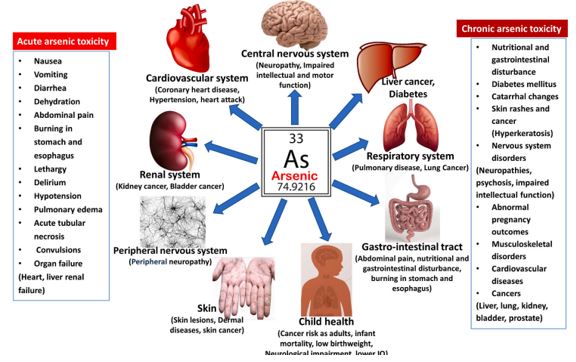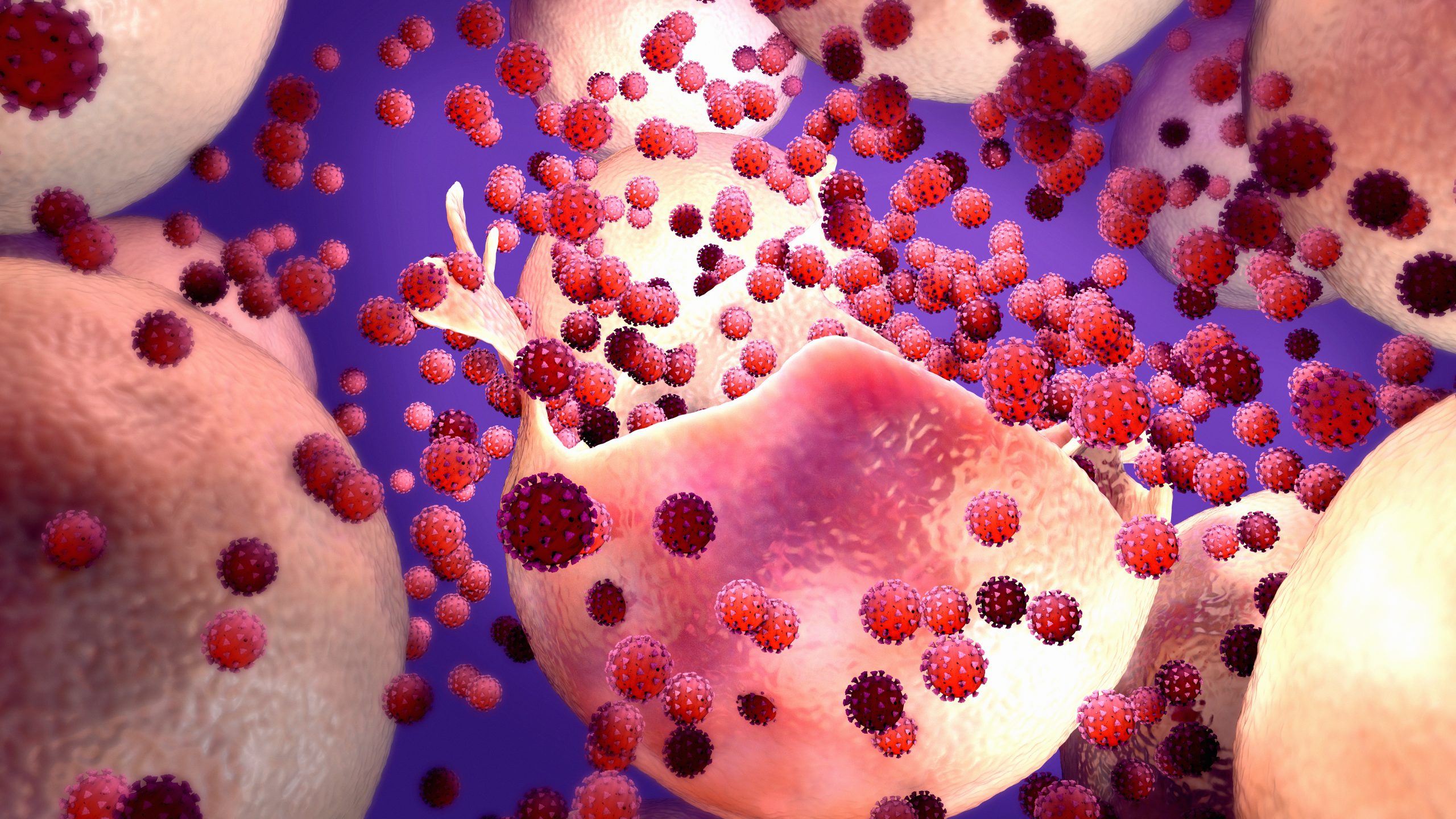Toxins in Tattoo Inks – Significant Health Impacts
Tattoos have been an integral part of human culture for millennia, serving as art, symbols of identity, and expressions of personal beliefs. However, in recent years, concerns about heavy metal toxicity related to tattoo inks have grown, sparking interest in understanding the potential health risks associated with getting inked. In this article, we delve into tattoos and explore the presence of heavy metals in tattoo inks, their possible effects on...
Nutrient Support for Detoxification
Every day the human body is exposed to toxic compounds in the air, water and food. An individual’s ability to detoxify these substances, both from exogenous sources, such as heavy metals, xenobiotics, chemical pollutants, and processed foods, and endogenous sources, such as the by-products of metabolism, is critical to overall health and detoxification. Several organ systems work together as part of a comprehensive network to aid the breakdown and elimination of...
EMFs and Heavy Metal Burdens
Environmental toxicities such as EMFs and heavy metals have become one of the greatest global health burdens. It’s not only developing countries or a socio-economic issue, Australians are also at risk. A 2017 systematic review of 133 diseases and injuries showed that 23% of global deaths and 22% of global Disabilities Adjusted Life Years (DALYs) can be attributed to environmental risks in the year 2012 and that this burden is...
Arsenic – #1 King of Poisons
World Health Organisations – Top 10 Chemicals of concern include Arsenic (June 2020) Department of Health and Human Service and Agency for Toxic Substances and Disease Registry (ATSDR) rank Arsenic number one among substances present in the environment that pose the most significant threat to human health. The International Agency for Research on Cancer (IARC) classifies arsenic and inorganic arsenic compounds as “carcinogenic to humans.” This is based on sufficient evidence...
The Calcium/Virus Connection
Viruses are known to use calcium and cellular calcium-binding proteins to promote their entry into cells, enhance viral replication and gene expression among other actions. Calcium is a universal cellular messenger. Viruses use this action for their prolific replication throughout the body. The relationship between viruses and calcium falls into three main categories; 1) viral proteins directly impact calcium homeostasis due to altering membrane permeability or affecting the calcium signaling; 2) Viral proteins...
Vitamin E Update
Vitamin E is a group of eight compounds, α-, β-, δ-, ϒ-tocopherols and α-, β-, δ-, ϒ-tocotrienols, which are lipid-soluble. All vitamin E isoforms have antioxidative, antiproliferative, pro-apoptotic, anti-angiogenic and anti-inflammatory effects (2,3). Vitamin E, although not as effective as Selenium, is also a very useful aid in detoxification and in the reduction of methylmercury toxicity (1). Key sources of tocopherols are sunflower & rapeseed oil, whereas important sources of tocotrienols...
Boron is far from Boring!
An in-depth look at Boron, its role in the body, the environment and in Australian HTMA Boron: An overview Boron is a naturally occurring element. It’s found in the environment, combined with oxygen and other elements in compounds called borates. Borates are widely found in nature, and are present in oceans, sedimentary rocks, coal, shale and some soils. Boron is released to the atmosphere via volcanic activity and from geothermal steam. It’s estimated...
Healthy Ageing: By Meeting Unique Nutritional Needs
Unique Requirements Each person’s nutritional requirement is unique based on complex factors including current health status and nutritional levels, absorption, exogenous stressors including medication, heavy metal toxicity, physical and emotional stress, etc. Hair Tissue Mineral Analysis empowers practitioners to identify the specific nutrient mineral imbalances and toxic element burdens, thereby enabling treatment on a bio-individual basis. Distinct mineral patterns can be seen in patients with diseases associated with ageing. Early detection by...
Molybdenum: 10 Key Points to Master
Molybdenum is an essential mineral we are only beginning to learn more about. This article looks at what we know and what new research has revealed. Mo is indicative of methylation pathways and is closely aligned with Zinc. Understanding Mo's close relationship with Copper is important - it can be used to reduce Copper levels. Mo Antagonists: Ca, Cu, S, Hg, WMo Synergists: Ca, Na, Fe, Se, Co, Vit D, B1,...
Children, Mineral Imbalances & HTMA
Undetected mineral imbalances in children and teenagers cause health, educational, behavioural and social issues. Many of these are preventable and can be minimised by understanding and managing diet. Hair tissue mineral analysis is the definitive tool used by practitioners to identify nutritional imbalances and to create a treatment plan for ongoing management. In a recent (2020) Polish study[i] it was found that an adequate intake of folates, vitamin D, vitamin E,...




